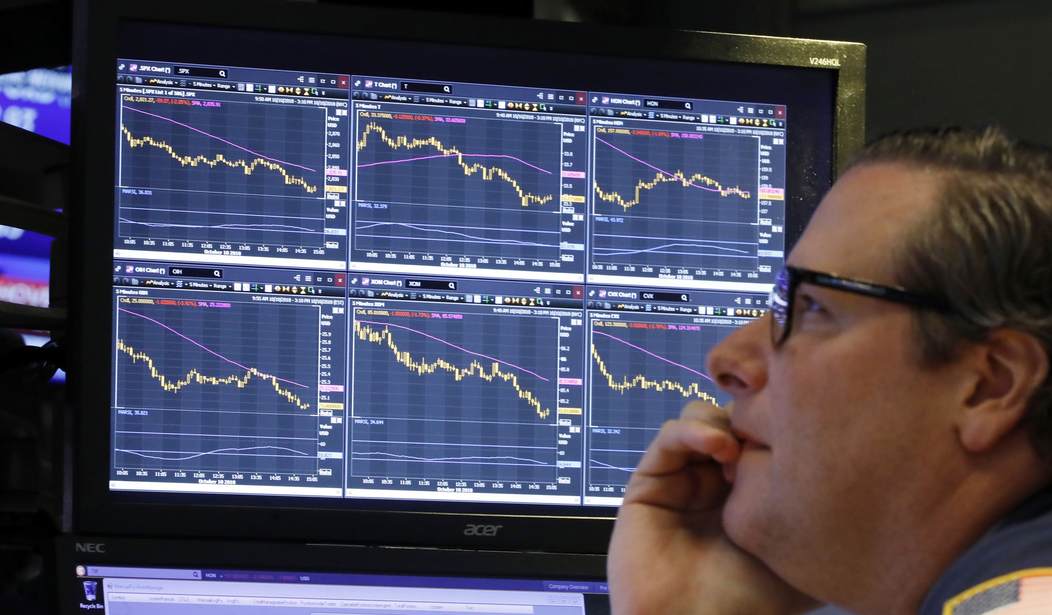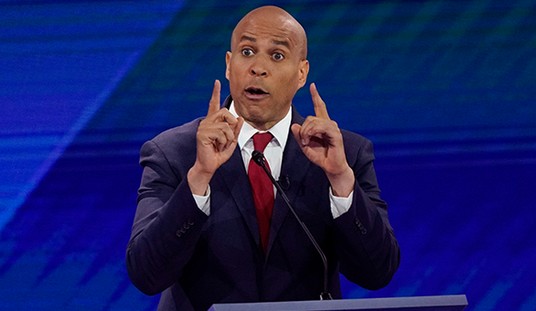Polling, a once-trusty tool for understanding public sentiment and predicting outcomes, has come under fire for its recent failures. The problem with modern polling methods, it seems to me, lies in the attempt to reduce the complexity of human behavior into neat mathematical equations. By treating individuals as mere data points, pollsters miss the nuanced and dynamic factors that truly shape public opinion. It sort of reminds me of the perennial debate in Washington between liberals and conservatives over the issue of cutting taxes.
Since Ronald Reagan rode into Washington in 1980, promising to cut tax rates across the board, the debate has centered on the “cost” of tax cuts. Hence the often-repeated question: How will we pay for them? As though individual taxpayers are somehow obligated to find the money to make up for the money they are allowed to keep. It reeks of the absurdity that all money belongs to the government and that we are somehow allowed by Washington to keep some of it. The reality is that allowing people to keep more of their own money via lower taxes and spend it the way they see fit is inherently better for the economy than sending it to politicians so they can spend or invest, uh, squander it on our behalf.
Traditional polling, like the static scoring of tax cuts, tends to oversimplify human behavior. But let's face it, we're a complicated bunch. Our decisions are influenced by countless factors, like new or more information, personal experiences, social dynamics, cultural backgrounds, and, yes, even economic conditions. Perhaps especially economic conditions. Ignoring these influences leads to inaccurate scoring and false predictions. It's like trying to predict the weather by only looking at the temperature. We need to consider the entire forecast.
When people are allowed to keep more of their money, they make decisions about what to do with that money that are more difficult to “score” or predict, although predicting is easier than scoring since we know most people will either spend it, save it, or invest it. And depending on which of those activities prevails, the “cost” or the score will change. If tax cuts are invested in productive enterprises, which excludes anything going on in Washington, D.C., the more economic growth we get. If individuals save their tax cut, more capital is available for lending and borrowing, and the more productive enterprises will have access to capital. This too spurs more economic growth. If they spend it, we get some economic multipliers throughout the economy and some additional growth, too, but less so.
If you were to poll people on what they would do if they had more money in their pocket—call it self-reporting—you would undoubtedly get a million different answers. But all of them would fall mostly into the economic trinity of spend it, save it, or invest it. However, once individuals actually have the money in hand, a dynamic assortment of options and opportunities will arise, determining which of those three activities they pursue. The self-reporting method used in polling has similar flaws.
When being polled about politics, people may try to give "socially acceptable" answers rather than speaking their true beliefs. It's like asking someone how they feel about kale salad when you know perfectly well they'd rather be munching on a juicy burger. Plus, not everyone is equally engaged or interested in the issues at hand. So, relying solely on people's self-reported responses can lead to significant inaccuracies. Voters comprise a political market, and like all markets, they rely heavily on data and information to function efficiently. The more information markets have, the better the decisions made by market participants.
When polling companies focus on individual questions or issues while ignoring the larger economic or political context, the more flawed the intelligence gathered is going to be. It's like trying to understand a painting by zooming in on a single brushstroke. We need to step back and see the whole picture. People's attitudes and preferences are shaped by a variety of factors, like, again, more data and information, current and even historical events, current economic conditions, which could change, and even cultural shifts, which can shift back. Ignoring these broader contexts can skew interpretations and predictions. Just like if you allow people to keep more of their money immediately after a stock market crash, you can reasonably expect people to save more and spend and invest less.
And let's not forget the unpredictable nature of human behavior. We're a spontaneous bunch. Emotions, unconscious biases, and unexpected “Black Swan” events can throw a wrench in any well-crafted prediction. It's like trying to predict the winner of a reality TV show; you never know who's going to have a meltdown or make an unexpected move. Or even if the reality shows that something is doing well will continue to do well. Absent new competition, some shows will do very well and then suddenly do less well if and when a new show is rolled out.
The point is that, with respect to public sentiment, we can't always predict how people will think and act, especially in our ever-changing social, cultural, and economic landscape.
So, how can we improve the accuracy of polling? I believe we need to embrace a behavioral science approach. This means looking beyond numbers and embracing the individuality, emotions, and contextual influences that shape public opinion. Maybe it’s time to trade in the calculator for a psychologist's couch. By incorporating qualitative research methods, like in-depth interviews and focus groups, we can gain a deeper understanding of people's beliefs and motivations. And why not tap into the power of big data and social media monitoring? We live in a digital age, and these tools can offer real-time insights into public sentiment.
By taking a behavioral science approach and considering the complexities of human behavior, polling can become a more accurate and insightful tool. It's time to ditch the one-size-fits-all mindset and embrace the beautiful messiness of our hopes, fears, thoughts, and actions. So, let's revamp polling and start truly understanding public sentiment. After all, the numbers sure haven’t told the whole story, but our behavior almost always does.














Join the conversation as a VIP Member